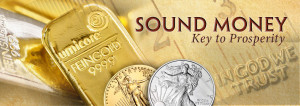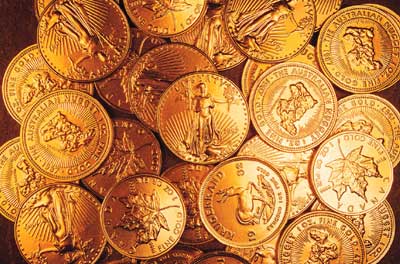submitted by jwithrow.
The stock market is comprised of numerous exchanges through which buyers and sellers can trade securities. The New York Stock Exchange is the world’s largest stock exchange followed by the NASDAQ. The Tokyo Stock Exchange and the London Stock Exchange are third and fourth in terms of market capitalization.
As we mentioned, the exchanges enable buyers and sellers to trade securities with one another.
We repeat this statement to emphasize the next one:
The exchanges are not where businesses raise capital unless an initial public offering (IPO) is taking place.
We think it is important to recognize this fact.
The vast majority of trades on a stock exchange are simply speculative – there is very little productive activity taking place. Even IPOs are usually not terribly productive as the intent is often not to raise capital for business operation but rather to enrich the owners and private investors.
So if most trades are just speculation then why do we view the stock market as a gauge of economic health? Why do we assume that the underlying economy is good when stock prices go up?
We do not assume that the economy is good when corn or oil prices go up. But corn and oil contracts are also traded on futures exchanges and there are speculators who profit when their price rises.
Conversely, why do we assume that the underlying economy is bad when stock prices go down?
Nothing real is destroyed when stock prices fall. Buildings don’t collapse. Equipment doesn’t break. Goods don’t go up in smoke. Engineers don’t lose their knowledge.
Maybe there was a time when stock prices somewhat reflected the financial health of individual companies, but those days are long gone. With mark to unicorn accounting, leveraged stock buy-backs, and all other manner of financial wizardry, CEO’s can and do manipulate stock prices regularly.
Additionally, the Federal Reserve has spent the past three decades ensuring that liquidity flows directly into the stock market so that equity prices continuously rise in unison over time.
The point is that there is a huge disconnect between the stock market and the productive sector that mainstream finance pays no attention to. In fact, mainstream finance has convinced most people that speculating in the stock market is the _only_ way to invest for retirement.
There may be a place for stocks within your asset allocation model, but it is important to recognize the stock market deception for what it is and understand the game you are playing if you do delve into the market. I would highly recommend enlisting the services of independent financial analysts if you do allocate some of your capital to the financial markets.
As we have touched on in a number of other essays here at Zenconomics, financial planning should be comprehensive and diversified according to your own unique circumstances. Simply amassing paper equities denominated in fiat currency is a very fragile plan.
As Nelson Nash says: “If you know what’s going on, you’ll know what to do.”
Be wary of the stock market deception and plan accordingly.
**Want more information on how to build a sustainable financial plan? Are you ready to turbo-charge your retirement portfolio? Do you yearn to exit the rat-race? Is financial freedom calling to your spirit?
Do not take a backseat when it comes to your own finances. Learn everything you need to know to master your finances in 30 days by enrolling in Finance for Freedom today!











